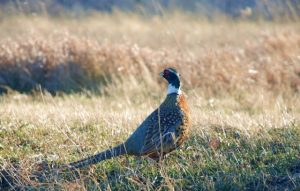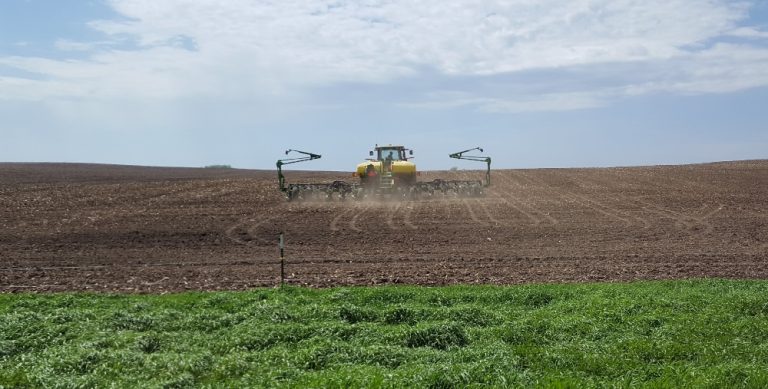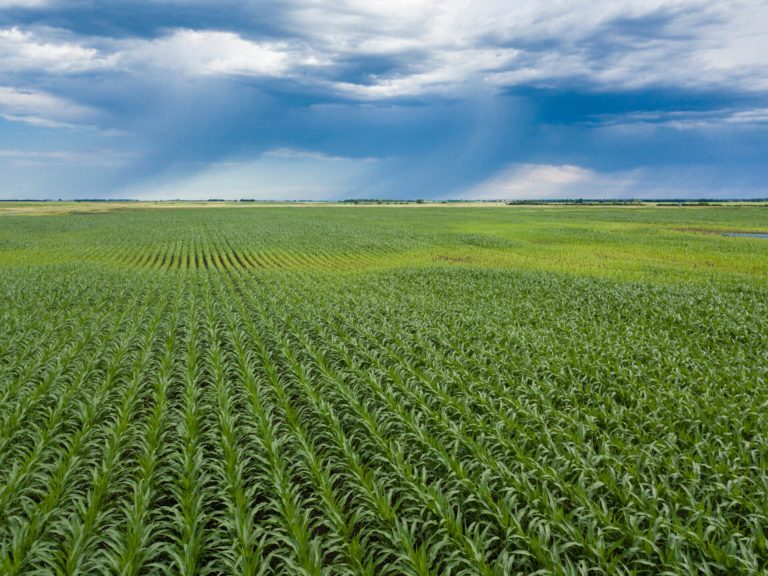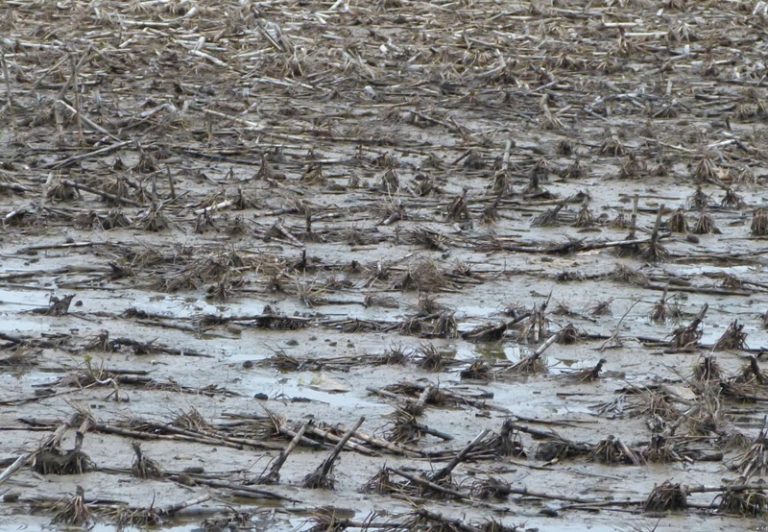IARN — The Iowa Department of Natural Resources began its yearly roadside pheasant population survey on Sunday. This year’s project continues until August 15th.
The DNR’s August roadside survey has been conducted over the same routes since 1962. DNR wildlife biologist Matt Dollison says counters drive rural roads to get an idea of populations in their area.
“The August roadside survey takes place from August 1-15,” said Dollison. “They do two routes through all the counties in the state. Basically, we go out at sunrise and drive a 30-mile stretch at a slow rate of speed and count the number of pheasant and quail — adults and chicks — that we see. We also count cottontail rabbits.”
Statewide, the DNR will drive 218, 30-mile routes on gravel roads. The survey is conducted around dawn with heavy dew, which causes hen pheasants to move their broods to the edge of the road to dry off. Dollison says the survey results from around the state are compiled and released in September.
“They take those numbers and it helps them get a good idea of what our population is,” said Dollison. “We’ll be doing that now and hopefully we see a lot and our population is up.”
In addition to counting pheasant, quail and cottontails, the DNR will be looking for partridge and jackrabbits in parts of the state. Dollison says don’t be alarmed if you see slow-moving DNR vehicles roaming the rural areas.
“We start at sunrise and we’ll be done usually before too long,” said Dollison. “If you see a DNR vehicle rolling slow by your house on a gravel road, we’re not scoping out your place, we’re probably just counting birds.”
DNR officials estimate that the cold and snowy winter of 2020-21, coupled with a very dry spring could lead to lower pheasant populations around the state. The state’s pheasant hunting season begins October 30th.
Story courtesy of the Iowa Agribusiness Radio Network
Image source: Max Pixel












